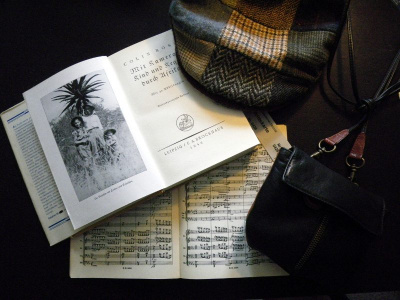Difference between revisions of "In-house usage scenarios"
From filmstandards.org
| Line 1: | Line 1: | ||
''From the [[TC 372 Workshop Compendium]]'' | ''From the [[TC 372 Workshop Compendium]]'' | ||
| − | + | It often seems easier for libraries to share their catalogue with other libraries, for museums to share metadata with other museums, etc., than to connect different departments within a single institution. In-house metadata interoperability is still rarely achieved. | |
{| style="float: right; border: 1px solid #BBB; margin: .46em 0 0 .2em;" | {| style="float: right; border: 1px solid #BBB; margin: .46em 0 0 .2em;" | ||
| Line 10: | Line 10: | ||
| valign="top" width="405px" | | | valign="top" width="405px" | | ||
| − | + | Why is it that most cinematheques collect various things in addition to moving images? It is because we tend to think of '''cinema''' as something that '''is embedded in a cultural context'''. How can we make our catalogues and other knowledge tools reflect this context? | |
| − | |||
| − | |||
|} | |} | ||
Revision as of 18:05, 20 May 2011
From the TC 372 Workshop Compendium
It often seems easier for libraries to share their catalogue with other libraries, for museums to share metadata with other museums, etc., than to connect different departments within a single institution. In-house metadata interoperability is still rarely achieved.
| • Previous: Relationships with objects in other databases • Up: Contents • Next: .... • |
